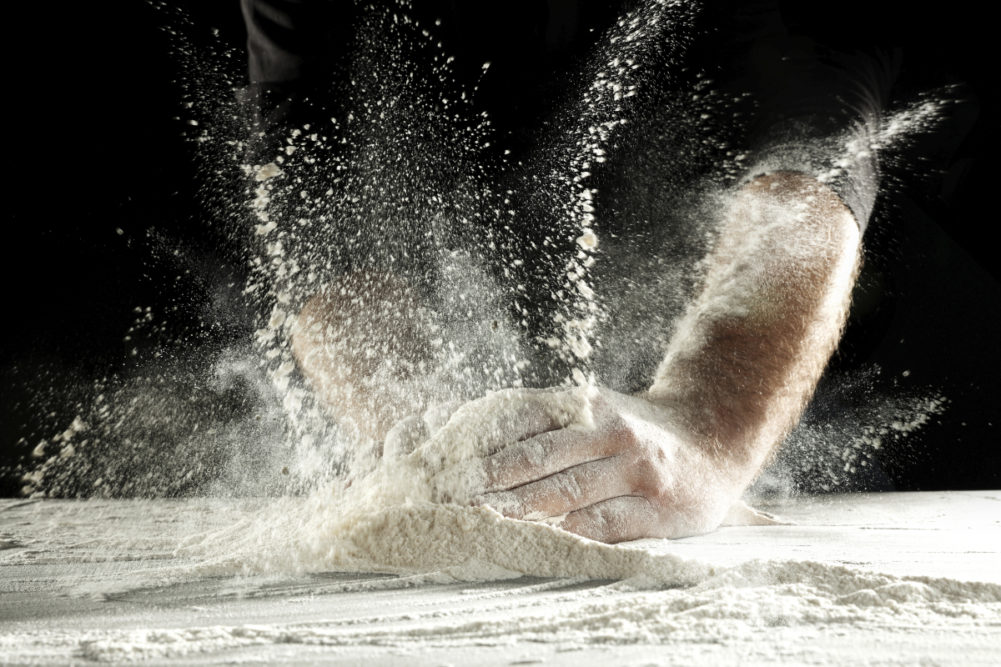CHICAGO — Flour is a raw ingredient that should not be eaten raw. Those in the baking industry and the milling industry already should know this, but the North American Millers’ Association, in the name of food safety, is spreading the word to consumers, home bakers, restaurants and schools.
Flour recalls at the retail level have happened every year since 2016, said James A. McCarthy, president and chief executive officer of NAMA, on March 3 at the American Society of Baking’s BakingTech event in Chicago. NAMA thus has good reason to explain the dangers of eating the raw ingredients.
NAMA, based in Arlington, Va., has met not only with the Food and Drug Administration but also with the Partnership for Food Safety Education, the American Bakers Association, the Food Marketing Institute and the National Restaurant Association.
The FDA gave word to NAMA that some restaurants are providing dough for children to play with before meals arrive at the table.
“They (the FDA) said, ‘Please help us stop the restaurants from doing this,’” Mr. McCarthy said.
NAMA has posters on the safe handling of flour available for schools and other establishments.
“There are a vast number of high schools across the country that are doing cooking education and safe food handling education for a career, people going into the restaurant and baking industries,” Mr. McCarthy said.
NAMA also has created tools and resources that industry members may use to educate the public. An animated video explains how wheat is milled into flour and then packaged for use. The video emphasizes that people should not eat raw flour, raw cookie dough or batter and that baking tools should be cleaned with water.
NAMA will continue to work with the FDA, which is considering whether to create definitions for ready-to-eat food and non-ready-to-eat food, Mr. McCarthy said.
“We believe that FDA has the inclination to say that flour is a non-ready-to-eat food, but until that comes out, we are continuing to face these issues,” Mr. McCarthy said. “So for you, the baker, you take our flour, you heat-treat it, you take the kill-step, and it’s not a problem, but for the retail flour out there, it’s an issue.”






